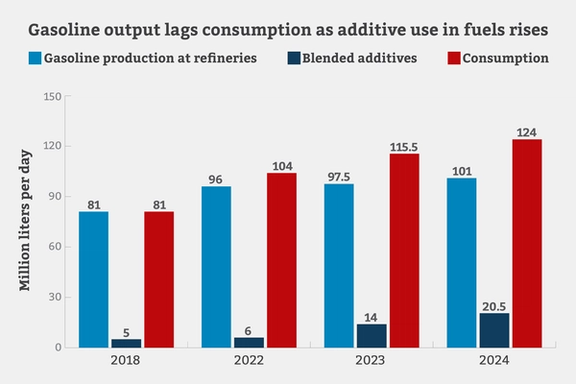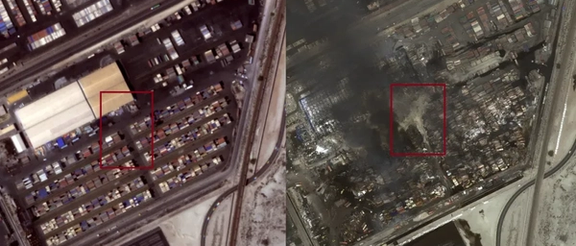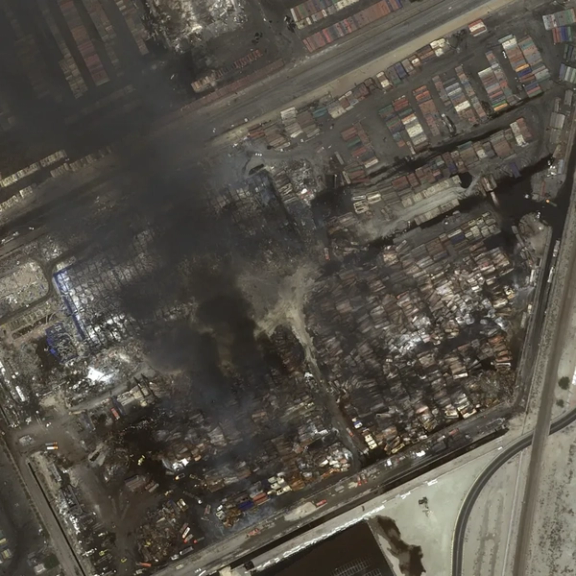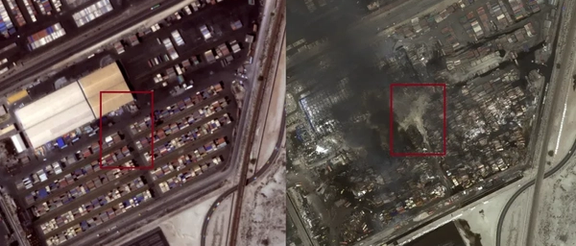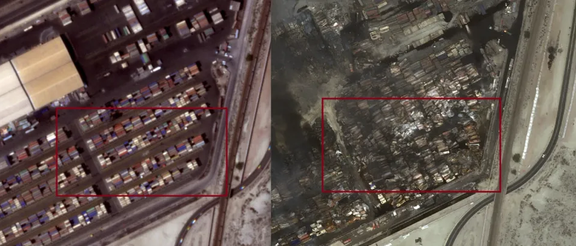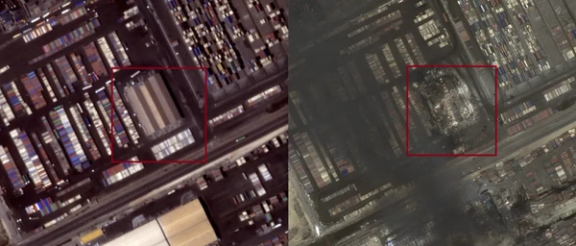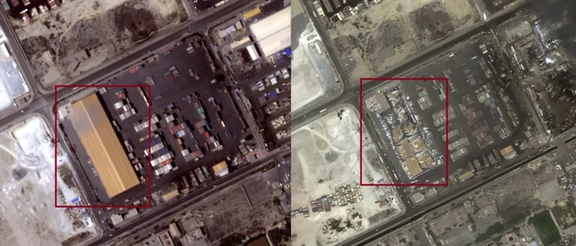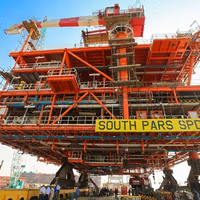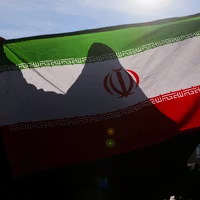The program has persisted, with various reforms, for 15 years despite being blamed for distorting the economy and stoking inflation.
Now, Pezeshkian’s government is poised to introduce its own changes to ease the strain on a budget hollowed out by years of sanctions and economic mismanagement.
The proposed exclusion of wealthier households signals a shift towards a more needs-based support system as Iran grapples with persistent economic challenges.
About 30 percent of Iranians live below the poverty line. By removing roughly 18 million recipients from the program, the government aims to reduce fiscal pressure and redirect funds toward low- and middle-income families hardest hit by years of 30-40 percent annual inflation.
In the current fiscal year Pezeshkian’s government has allocated 3,240 trillion rials or about $4 billion at the current open market exchange rate, for cash subsidies.
The figure is separate from the extensive indirect subsidies provided to keep prices of fuel, electricity, water, essential foods, and medicine low.
Since the introduction of the latest subsidy reforms by former president Ebrahim Raisi's administration in May 2022, the rial has devalued by around 185 percent, from 280,000 to approximately 800,000 rials per US dollar as of April 27, 2025.
Consequently, the real value of monthly cash payments has fallen dramatically, now worth just about $3.74 to $5 per person for target groups.
Origins of Iran's cash subsidy program
The cash subsidy system began in 2010 under the populist government of Mahmoud Ahmadinejad, building on a controversial proposal made by his reformist opponent Mehdi Karroubi during the disputed 2009 presidential election.
Karroubi had promised a universal cash payment of 500,000 rials (around $50 at the open market exchange rates at the time) per person without a clear funding plan, drawing sharp criticism over its potential inflationary effects.
Ahmadinejad’s administration launched the Targeted Subsidy Reform Plan in late 2010, paying 450,500 rials (about $40) monthly to each citizen.
Funded by cuts to energy and utility subsidies, the program initially boosted Ahmadinejad’s popularity but quickly lost value as inflation and currency devaluation took hold. By August 2013, the real value of the handout had dropped to about $15 per person.
Rouhani’s response: the livelihood subsidy
Hassan Rouhani’s moderate administration (2013–2021) attempted several times to remove higher-income households from the universal program, but efforts faltered due to the absence of a transparent tax database.
As economic pressures mounted, the government introduced an additional "livelihood subsidy" in late 2019 after a sharp increase in fuel prices triggered widespread unrest.
This new subsidy targeted lower-income groups, offering payments based on household size to about 60 million Iranians.
Single-member households received 550,000 rials per month (just over $4 at the time), with smaller amounts paid per person to members of larger families.
Raisi’s changes: new tiers and e-vouchers
Facing deepening economic challenges, Ebrahim Raisi’s hardline government restructured the cash subsidy system in May 2022.
Monthly payments to the highest-income 10 percent of the population were eliminated, while remaining recipients were divided into two groups: the poorest 30 percent received 4 million rials (around $14) monthly, and the middle 60 percent received 3 million rials (about $11).
To further curb inflationary pressures, in February 2023 Raisi’s administration introduced a voluntary scheme allowing families to receive their subsidies as store credit instead of cash.
Participants could use their credits to purchase a list of 11 subsidized essential food items such as rice, cooking oil and dairy products from designated stores.

